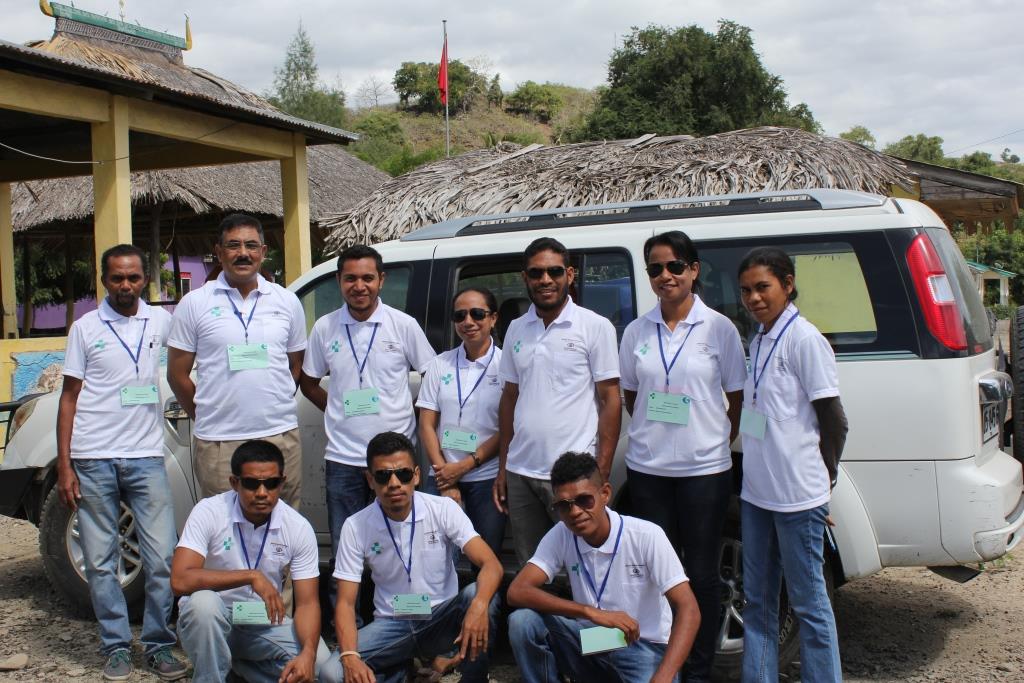Join a powerful, unprecedented alliance for better eye health for all.
Join IAPB-
Choose an alternate language here

The first RAAB survey conducted in 2005 in Timor-Leste showed blindness prevalence at 4.1%, and visual impairment 17.7% among the population aged 40 and over. Cataract and refractive error are the leading causes of blindness and visual impairment. More than 80% of blindness was found to be either preventable or treatable. This blindness and visual impairment rate is one of the highest in the region. Since then, with the support of international partners (mainly Fred Hollows Foundation, New Zealand and Royal College of Australasian College of Surgeons), eye care services in Timor have been developed, with a focus on human resource development and the setting up of a National Eye Centre in Timor, with extensive mobile outreach eye care activities in the country.
Currently, Timor-Leste has no up-to-date information on the magnitude of blindness, the cataract surgical burden, coverage and information on the impact of 10 years of eye care services in the country. The country also lacks baseline data to monitor the progress after implementation of WHO GAP 2014-2019.

The data collection method is house-to-house visits, enrolment and visual acuity measurement, and clinical eye examination. Data collection—like in our Maldives survey—is being carried out using smartphones with mRAAB software. Two teams led by local ophthalmologists trained and mobilized for data collection are expected to complete the data collection work by 1st week of September, 2016.
See more photos of the RAAB here